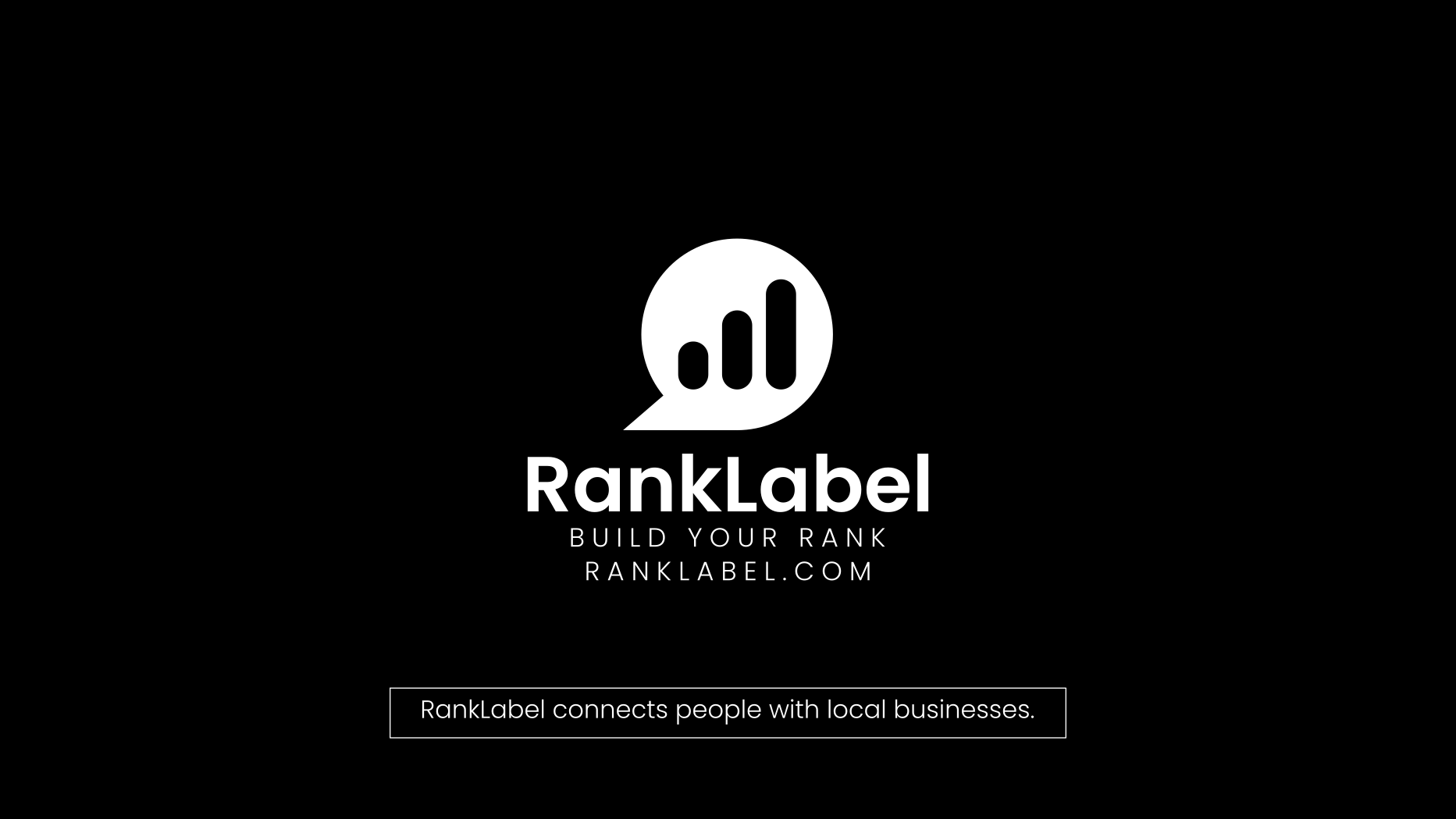Revolutionizing Industries: How 3D Printing Enhances Precision Manufacturing, Architectural Design, and Prototype Testing

In the realm of digital manufacturing, 3D printing emerges as a pivotal technology, transforming operations across various industries by enabling precision manufacturing, custom architectural solutions, enhanced prototype testing, and efficient functional part production. This multifaceted technology not only accelerates design processes but also opens up new possibilities for customization and innovation. From creating intricate components in aerospace to designing scale models for urban planning, 3D printing stands at the forefront of the industrial revolution.
Precision Manufacturing with 3D Printing
Precision manufacturing is critical for industries where high degrees of accuracy and consistency are essential. 3D printing, or additive manufacturing, plays a significant role in achieving these precise standards. By building objects layer by layer, 3D printing minimizes waste and allows for the creation of geometries that would be impossible with traditional subtractive manufacturing techniques.
- Material Versatility: 3D printers can work with a range of materials, including plastics, metals, and composite materials, each offering unique properties that can be tailored to specific product requirements.
- Design Freedom: The additive nature of 3D printing frees designers from the constraints of traditional manufacturing processes, enabling the creation of complex and lightweight structures without compromising strength.
- Reduced Lead Times: As a rapid prototyping tool, 3D printing significantly cuts down the time from design to production, facilitating faster iterations and speed to market.
Industries such as aerospace, automotive, and dental have particularly benefitted from precision 3D printing. For example, aerospace companies utilize titanium and other high-performance alloys to produce parts that must withstand extreme conditions while maintaining a lightweight profile.
3D Printing for Architects
Architects are turning to 3D printing not only to streamline the design process but also to push the boundaries of architectural innovation. This technology enables the creation of detailed physical models and can also be used in the construction of actual building elements.
- Concept Models: Quick production of detailed scale models helps architects and clients visualize projects more effectively than traditional 2D drawings or digital models.
- Functional Prototypes: Testing out how different components interact in a three-dimensional space can save valuable time and resources during the construction phase.
- Customized Components: 3D printing allows for the creation of complex, bespoke designs that can be personalized to the project's specific needs, such as custom facade panels or intricate decorative elements.
Moreover, the application of 3D printing in building construction is exemplified by the emerging trend of 3D-printed houses, which proposes a cost-effective, sustainable, and rapid solution for housing shortages around the world.
Prototype Testing with 3D Printing
The iterative process of prototype testing is crucial for product development across industries. 3D printing streamlines this phase by allowing engineers and designers to quickly produce, test, and modify prototypes based on real-world testing feedback.
- Speed: Rapid prototyping with 3D printing means that ideas can be tested and refined without the long lead times associated with traditional manufacturing methods.
- Cost Reduction: By using 3D printing, companies can avoid the high costs of tooling and setup required for conventional prototyping techniques.
- Material Diversity: With a wide range of printable materials, including flexible, durable, and high-strength composites, prototypes can be created that closely mimic the final product’s material characteristics.
This methodology is especially beneficial in sectors like consumer electronics, medical devices, and automotive, where product functionality and user interaction are critical. For instance, a medical device company might use 3D printing to create a prototype of a new surgical tool, allowing for rigorous testing and refinement before final production.
Functional Part Production with 3D Printing
While 3D printing is often associated with prototypes, its role in the production of functional parts is growing rapidly. Industries are adopting this technology to create parts that are not only used for final products but are also capable of withstanding operational stresses.
- On-Demand Manufacturing: 3D printing enables production without the need for large inventory spaces, as parts can be printed as needed.
- Complexity without Expense: Traditional methods often increase costs with complexity; however, in 3D printing, complexity does not necessarily equate to higher costs.
- Lightweight and Strong: The ability to produce lightweight yet durable parts is particularly valuable in industries such as automotive and aerospace, where reducing weight is crucial for fuel efficiency and environmental considerations.
For example, automotive manufacturers are leveraging 3D printing to produce parts that are both lightweight and durable enough to meet safety and functional standards while also reducing overall vehicle weight.
In conclusion, 3D printing is not just a tool for innovation but a comprehensive solution that streamlines the production process, from initial design to final production. As technology continues to advance, its integration into various sectors heralds a new era of manufacturing, characterized by increased efficiency, reduced costs, and enhanced product functionality. With its profound impact on precision manufacturing, architectural design, prototype testing, and functional part production, 3D printing is truly shaping the future of global industries.











